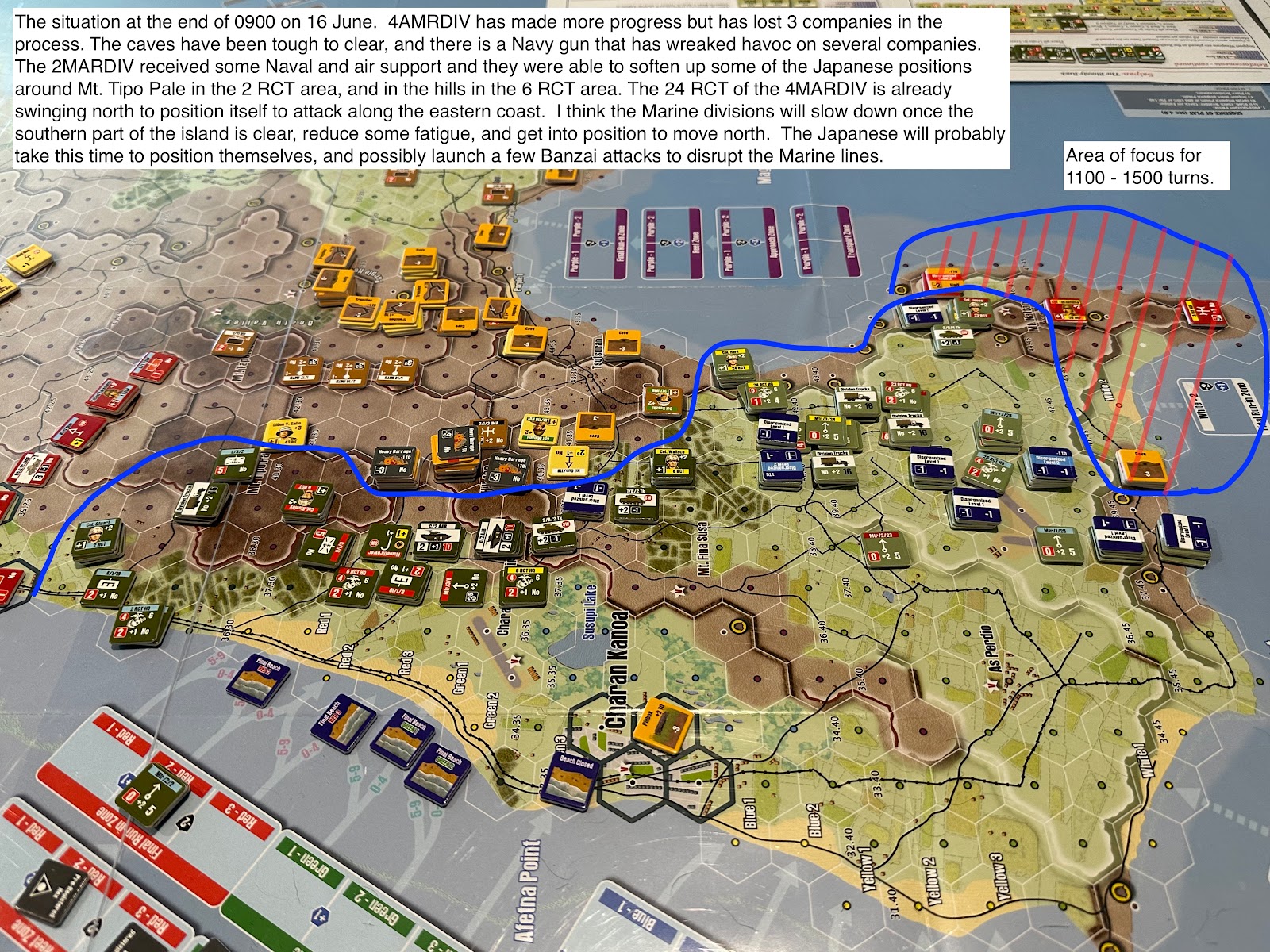Here is the setup for the revolution Games Thunder at Dawn, the Battle of South Mountain, near Springfield, Missouri, in April 1861. This series designed by Hermann Luttmann is fantastically simple, with only 16 pages of game rules, some brief game-specific rules, beautiful components, fog of war, and lots of challenges and decisions to make. The system is called the Blind Swords system, and there are now several ACW games in this series. Starting this campaign very soon!
SPI also did Wilson's Creek in one of the S&T magazines back in 1980. Here is a comparison, with the SPI Wilson's Creek map.
And here is a quick comparison between the counters.
The SPI game was one of the first in the Great Battles of the American Civil War series, and it also contained a very short rulebook and brief game-specific rules. I am hoping to play both to compare and contrast the two.
More to come!






































